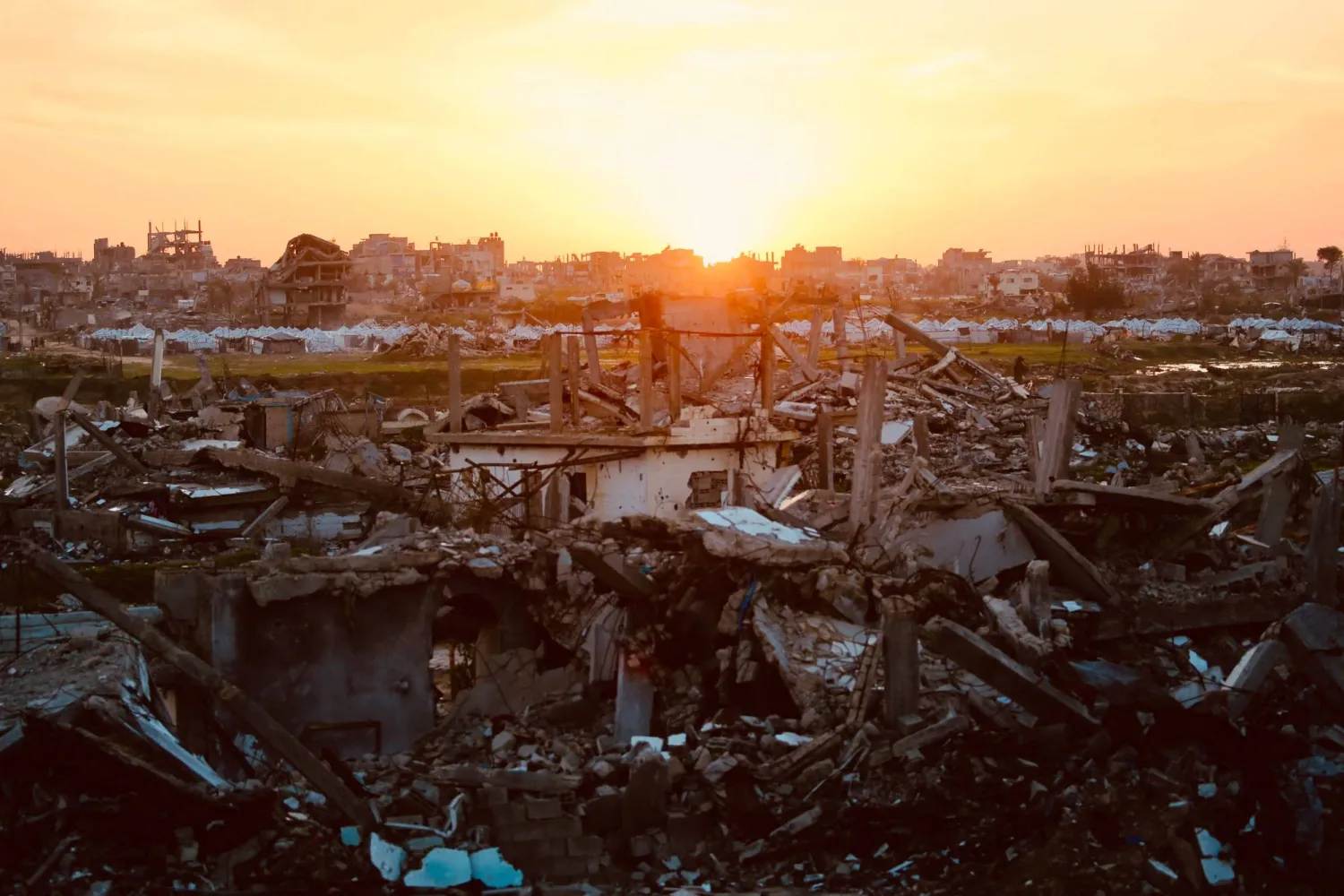Lebanon's health ministry said an Israeli strike on Sunday killed 53 people, including seven children, in the village of Almat north of the capital Beirut.
AFPTV footage showed rescuers rummaging with their bare hands through the wreckage of a house that had been completely razed, pulling out bodies wrapped in blankets while an excavator moved the rubble.
The Shiite Muslim majority village of Almat, about 30 kilometers (19 miles) from Beirut, is located in a mostly Christian Jbeil region. It is outside Hezbollah's traditional strongholds of south Beirut and south and east Lebanon, which Israel has heavily bombed since late September in its war against the Iran-backed movement.
It also said body parts had been recovered from the site and were being identified.
A pile of broken concrete and the twisted metal structure that made up the roof lay at the bottom of a staircase leading to the destroyed house, AFP images showed.
Hezbollah lawmaker Raed Berro, one of the members of parliament representing the Jbeil district, was at the site of the strike and denied Israeli claims that Hezbollah members or weapons were embedded among civilians.
"Important military and security figures are usually on the frontlines... not at the rear," he told AFP.
"Under the rubble, there are only children, elderly men and women," he said.
Facebook user Ali Haydar posted a picture of the home, which he said belonged to his family, before it was destroyed. He added that people displaced from the eastern Baalbek region had sought refuge there.
"There were 35 relatives of ours from Baalbek in the house" including women and children, he said.
"Most of them have been martyred" in the strike, Haydar added.
- Fleeing -
The area was cordoned off by Lebanese security forces and Hezbollah members in civilian clothing, an AFP correspondent at the scene saw.
Dozens of people packed their belongings in their cars and fled the village, the correspondent said.
The health ministry also said Israeli strikes killed three Hezbollah-affiliated rescuers in south Lebanon.
Earlier, Lebanese official media reported an Israeli strike on a house in the main eastern city of Baalbek, which was not preceded by an Israeli army evacuation warning.
"Enemy aircraft launched a strike on a house in the Al-Laqees neighborhood" of the city, the state-run National News Agency said.
Israel intensified its air campaign mainly targeting Hezbollah bastions in Lebanon on September 23 and a week later sent in ground troops.
The escalation came after nearly a year of low-intensity, cross-border attacks by Hezbollah in support of its ally Hamas following the Palestinian group’s October 7, 2023 attack on Israel that triggered the Gaza war.
More than 3,186 people have been killed in Lebanon since the cross-border exchanges began, according to Lebanon's health ministry, most of them since September 23.









